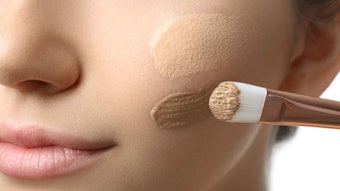In the saturated market of personal care, setting sights for the rich ethnic market seems a no-brainer. According to the United States Census Bureau projections, the non-Caucasian population is predicted to almost double from the current 26% to 47% (of the total U.S. population) by 2050. Black consumers globally spend an estimated $US 2.7 billion on ethnic hair care products and count for 30% of all hair care purchases. But is the industry really addressing the needs and fulfilling the wants of the ethnic consumer?
According to Patrick Obukowho, global ethnic researcher, the answer is clearly no. “In terms of reactive products technology, things are happening very, very slow. Relaxer technology in active ingredients remains the same. They are not moving fast enough according to the demands and needs of the consumer.”
In a Cosmetics & Toiletries interview, he stated that although the packaging, the fragrance and the marketing initiative behind a product launch may change, few products offer new technology to equal the marketing initiative. “There are new functional materials and new technology out there that should drive the creation of new and exciting products for the consumers,” said Obukowho.
Funding must be allocated to spur research, i.e., which will in turn create new products. For example, a myth lurked that those of African descent would not suffer from UVB damage. However, the advantage of higher melanin content on the hair is stripped when hair has been chemically processed.
If a company invents in research, much information can be discovered about the hair itself, which in turn will create new products to combat the effect of UVB and other environmental factors that promote damage,” he said.
Obukowho, founder of Advantage Research Lab LLC, believes that a partnership will inject innovation into this stagnant sector. “The researchers need to speak to the suppliers and other research companies about what type of products they’re looking to create. This would set the stage for new raw materials and new technology that will support innovation,” he said.
According to Obukowho, relaxers are at the top of the list of products stagnant in innovation, followed by styling aids.










